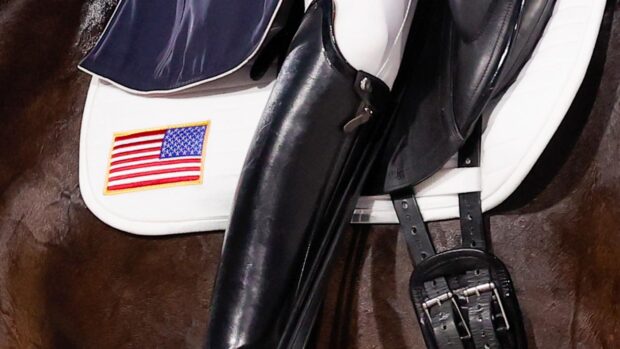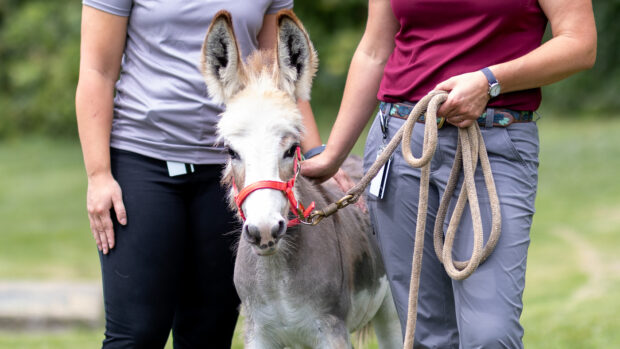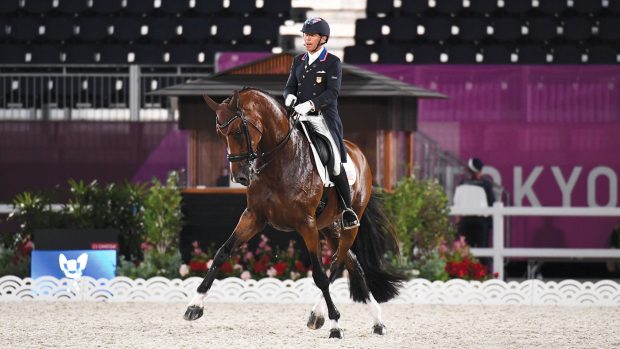To celebrate Thanksgiving (27 November 2014), we asked American college student and hunter/jumper enthusiast Yukiko McQueeney how this American discipline works.
What is hunter/jumper?
Hunter/jumper is a sub-discipline of what we call “English riding” and is popular in North America. Within the style there are three categories: hunter, jumper, and equitation. Young riders commonly begin with equitation and hunters before entering the jumper division. Any breed of horse can be used in the ring, however, we more commonly see warmbloods in all three rings.
How does jumpers work?
This is the same as showjumping here in the UK. The task in the jumpers ring is to clear all fences without knocking over any rails. The judging is objective and is based on faults. Jumper classes can be offered with small fences set at 2’3”-2’6” but can range all the way to grand prix. The turns tend to be tighter with more complicated patterns than the hunter course. It is timed and technically difficult.
How does hunters work?
Hunters includes riding over fences and is also judged on the flat. Hunters over fences is a simplified course usually consisting of eight jumps that are meant to replicate traditional hunting jumps, similar to working hunter courses in the UK. Compared to the jumpers course, this has fewer combinations, smoother lines and wider turns. The judging is subjective — they are looking for a horse that can execute a course in a consistent and rhythmical manner, a steady but forward moving canter, as well as proper form over the jumps. Ideally, the horse and rider should complete each jump in a predetermined number of strides. Fence height begins at 18inches and can reach four foot.
How does equitation work?
Equitation is almost a combination of jumpers and hunters. Both flat and over fences classes are offered. The courses are technically more difficult, similar to that of jumper courses. Like hunter classes judging is subjective but the focus is now on the rider’s performance. The judge will be looking at the rider’s position and his/her ability to give effective aids to the horse. Depending on the division, fences can be from 18” to 3’9” at the highest competitive level.
How long do the events run for?
Most local shows are one-day events while shows recognised by the United States Equestrian Federation (USEF) or “A” rated shows are multi-day competitions. The bigger and more prestigious the show, the more costly it becomes. As there is such popularity for these events, there are local shows available which helps make it more affordable.
Keen to find out more about this sport? Visit www.ushja.org
Do you want to try a new sport?

Team chasing: how to get started
Looking for a new challenge? Find out how team chasing works and how to get involved




